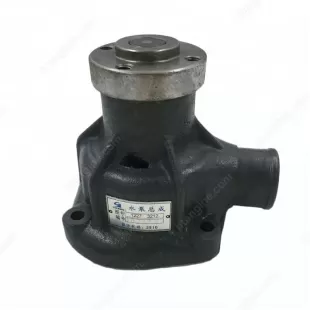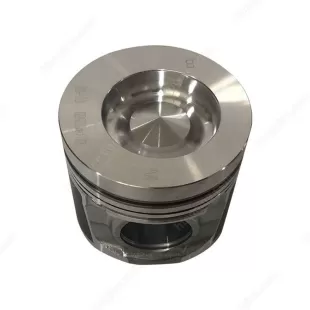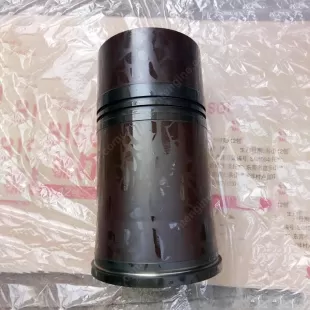Piston broken caused by violent fracture or fatigue fracture during engine operation.
Violent fracture(Figure. 1) is always triggered by impurities, which collide with the piston during operation. Impurities can be torn parts of connecting rods, crankshaft, valves or something like that. Even if water or fuel enters the cylinder, it will cause violently fracture of pistons.
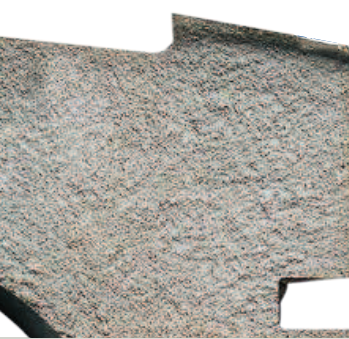
(Figure. 1)
The violent fracture surface appears gray, unground and no grid lines. The piston broke suddenly without sign.
When fatigue fracture occurs (Figure 2), grid lines appear on the fracture surface, which indicates the end of the fracture and staged progress. The fracture surface is often brightly ground. The cause of fatigue fracture is overload of the piston.
Overload, Because:
· Detonation burning
· The piston vibrates strongly, such as when piston runs toward cylinder head
· Wrong Material
· Skirt gap is too large
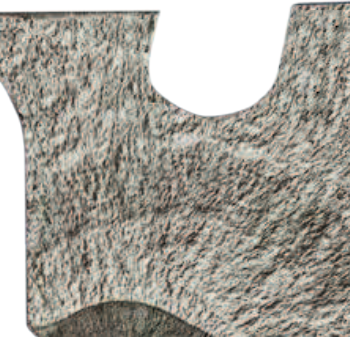
(Figure.2)
Excessive deformation of the piston skirt caused by overload (twisting and elliptical deformation) causes cracks in the flange or cracks in the bracket. Fatigue fracture can also be caused by thermal stress cracks on the piston head.
Piston breakage
Piston breaks in piston pin flange
Explanation
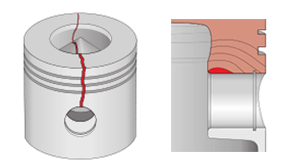
Piston breaks from piston pin flange to piston head
The consequence is: the piston is divided into two parts
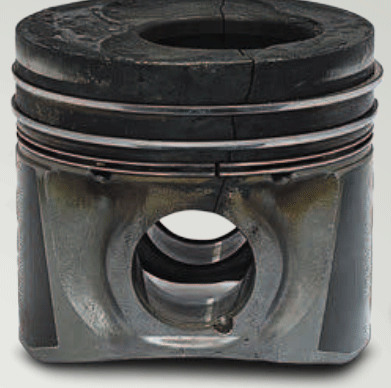
(Figure.1)
Flange fatigue crack on the central axis of the piston pin hole (Figures 2 and 3)
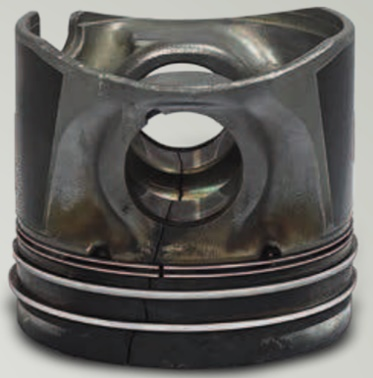
(Figure. 2)
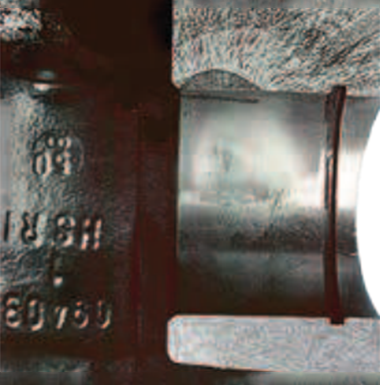
(Figure.3)
Assessment
Flange fatigue fracture is caused by mechanical overload. Due to the continuous overload of the piston, alternating bending stress and material fatigue are strongly caused. Insufficient oil supply promotes fracture: small cracks in the flange of the piston skirt even under normal load. The consequence is a split piston.
Possible reasons
• Combustion errors, especially sudden combustion caused by ignition delay.
• Excessive or improper use of starting aids during cold starting.
• The cylinder is full of water, fuel or lubricant when the engine is stopped (liquid impact).
• Increased power in the use of series pistons (eg. chip modification).
• Incorrect or reduced piston pin. The elliptical deformation of the piston skirt causes excessive pressure on the hinged bearing.
Piston fracture caused by piston starting up towards the cylinder head
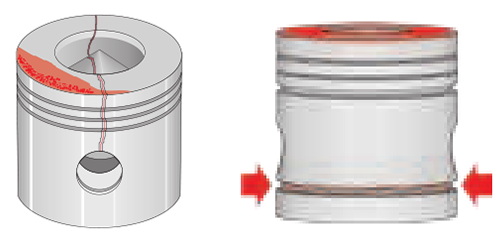
Collision marks on the piston head (Figure 1), collision marks on the cylinder head plane and the two valves.
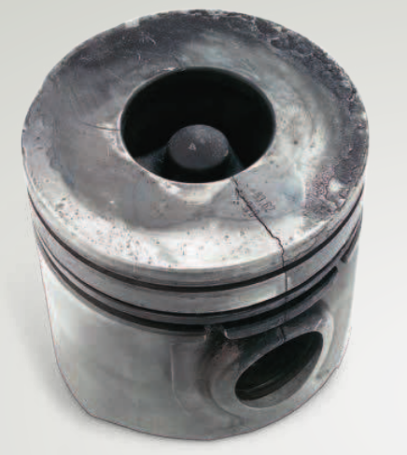
(Figure.1)
The piston pin breaks in the direction of the piston pin due to vibration and strong effects.
• The piston skirt in the oil ring groove is broken, and the fracture surface has fatigue fracture characteristics (Figure 2)
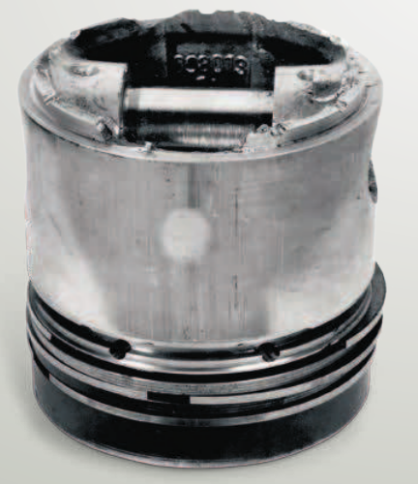
(Figure 2)
Assessment
The reason is that the upper parts of the piston hits the cylinder head quickly and continuously. The piston shook and cracked. In addition, the piston in the cylinder is curled and knocks against the cylinder wall together with the skirt. For pistons equipped with a lower oil ring (Figure 2), the skirt often breaks in the groove of the lower oil ring.
Possible reasons
• The gap in the connecting rod support is too large or the connecting rod is worn, especially when turning downside too fast.
• The size in the piston top dead center is too small (minimum distance between the piston head and cylinder head). Possible because
1, The piston has the wrong compression height. The cylinder block end face is often trimmed during engine overhaul. If a piston with the original compression height is used after machining, the piston may protrude too much. Therefore, a piston with a reduced compression height is provided for maintenance. In this way, the piston protrusion remains within the tolerances specified by the engine manufacturer.
2,The thickness of the cylinder head gasket is insufficient. Many manufacturers configure cylinder head gaskets with different thicknesses for the same engine. On the one hand, in order to balance the increase in component tolerances during production, on the other hand, in order to adjust the piston protrusion during maintenance.
Therefore, when repairing, it is applicable to use only cylinder head gaskets with specified material thickness. This ensures that the specified gap size after repairs. If the cylinder block is repaired or replaced during the repair process, the thickness of the sealing material must be re-determined according to the factory size by means of the piston protrusion.
Note:
The flexibility test conducted by rotating the cold engine by hand cannot guarantee that the piston at operating temperature will not knock against the cylinder head. Reason: Thermal expansion causes the piston and connecting rod to extend. This shortens the distance between the piston head and the cylinder head. Especially for commercial vehicle engines with high piston compression heights, the dimensional changes are significant. This reduces the flexibility of the piston at the top dead center by a few tenths of a millimeter.
Material cavities in the area of the piston ring (piston ring fracture)
Explanation
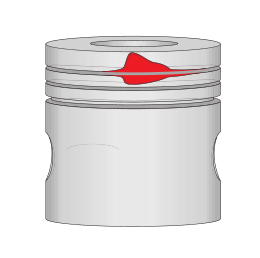
• Up to the solid material cavity of the piston head in the upper ring area of the first ring groove.
• Strong axial wear of the first ring groove.
• Strong mechanical damage of the piston head.
• Piston skirt with matt wear.
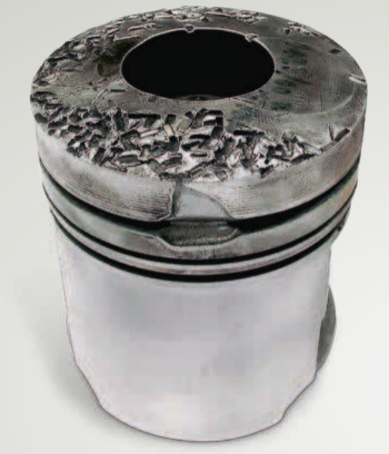
(Figure 1)
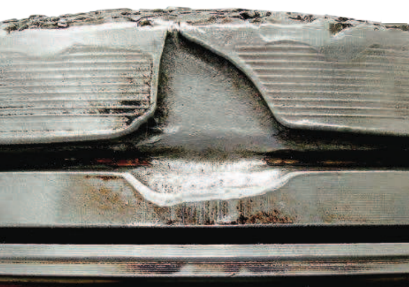
(Figure 2)
Assessment
Impurities in the combustion chamber lead to a strong axial groove wear, especially on the first annular groove. The dirt is therefore also deposited in the annular groove, then causing stronger wear in the piston ring and the annular groove. The ring height clearance is therefore getting larger. The piston ring, which is greatly weakened in its cross-section, no longer withstands the combustion pressure and breaks. The broken piston ring therefore moves into the rapidly increasing groove with almost no resistance, and continuous knock and caused holes. When continuously approaching the cavity on the piston head, the broken part of the piston ring enters the combustion chamber and continues to cause damage.
Possible reasons
• Impurities entering the combustion chamber cause strong axial wear of the annular groove and piston ring.
• When there is strong radial wear of the piston ring without axial wear, mixed friction wear due to fuel immersion may be a cause.
• When the ring groove and the piston ring are not worn, when the engine is repaired for a short time, the piston assembly error often occurs. When the piston ring is pressed into the annular groove not deep enough, it will break when the piston is inserted. This can occur when using an incorrect or damaged installation tool or when the piston ring fastening band does not correctly surround and tighten the piston.
• Excessive large ring gaps cause ring flutter. The triggering reason is that the annular groove in the piston has worn out, but only a new set of piston ring is installed during the engine repair process. Excessive clearance causes the piston ring to flutter and may break. The conceivable reason is also the incorrect piston ring kit. The too small ring height makes the axial clearance in the groove is too large.
• Pistons that do not fit the purpose of use. For reasons of high load and service life, piston rings for diesel engines are equipped with nickel-containing cast iron piston ring groove inserts. Diesel engines with a structure that stipulates a shorter service life are often equipped with pistons without piston ring groove inserts for cost reasons, such as agricultural machinery. If the piston without piston ring groove ring must complete a higher operating power, the wear resistance of the ring groove is insufficient.

















